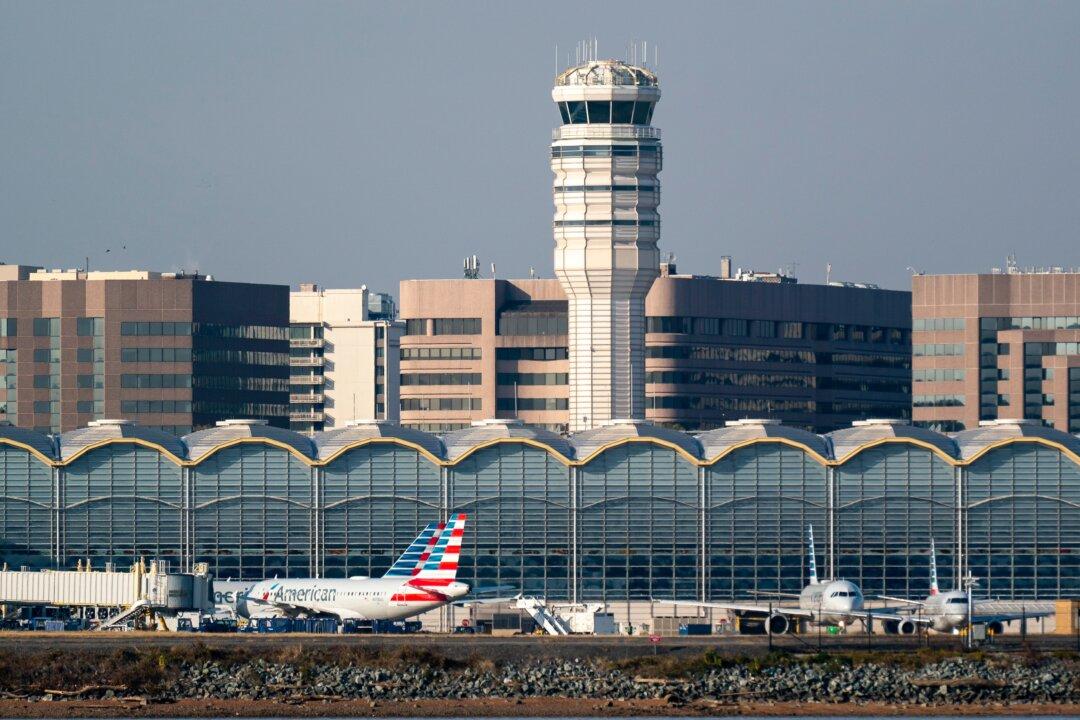Russian military police began patrols on part of the Syrian border on Oct. 23, quickly moving to implement an accord with Turkey that divvies up control of northeastern Syria. The Kremlin told Kurdish fighters to pull back from the entire frontier or else face being “steamrolled” by Turkish forces.
Turkish President Recep Tayyip Erdogan echoed those warnings, saying his military would resume its offensive against Kurdish fighters if the new arrangements are not carried out.





